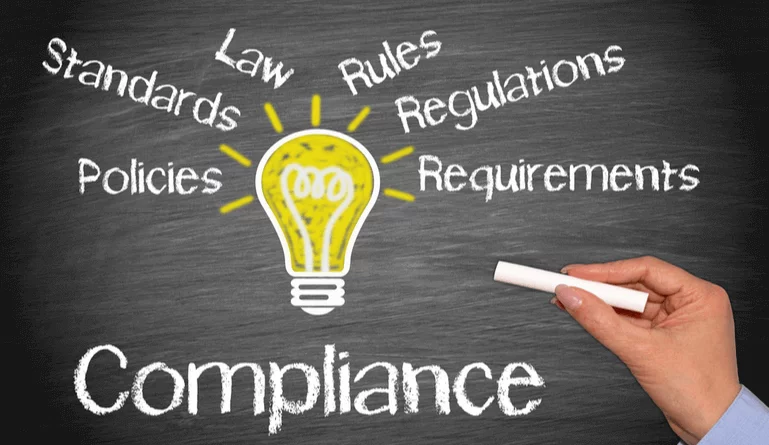In every workplace, policies and compliance frameworks set the tone for fairness, accountability, and consistency. From equal opportunity regulations to workplace safety guidelines, organizations must carefully design and enforce rules that protect both employees and employers. Yet, managing these policies manually often becomes a time-consuming and error-prone process. That is where software for HR policy and compliance management is making a remarkable difference, offering companies a way to streamline operations while reducing risks.
Why Policy and Compliance Management Matters
For HR departments, policies are more than just formalities. They create a blueprint for how an organization operates, covering everything from codes of conduct to leave entitlements. Compliance ensures these rules align with labor laws, industry regulations, and ethical standards. Failing in either area can result in lawsuits, reputational damage, or internal confusion that disrupts workplace harmony.
Traditionally, HR teams have relied on paper handbooks, spreadsheets, and email updates to communicate changes. While these methods work on a small scale, they are hard to sustain in larger organizations or in industries with complex regulatory requirements. A missed update or poorly communicated change can have serious consequences.
The Role of Technology in Modern HR
Digital transformation has impacted nearly every aspect of business, and HR is no exception. Today’s organizations are moving away from manual processes and adopting tools that centralize policy creation, distribution, and monitoring. This shift is not only about efficiency but also about accuracy and transparency.
With HR policies stored in one accessible platform, employees no longer need to search through outdated documents or email threads. Instead, they can access updated guidelines instantly, reducing confusion and increasing compliance. For HR teams, automated alerts and reporting features help ensure nothing slips through the cracks.
Key Features of Policy and Compliance Software
Modern platforms designed for HR compliance management share several important features. Some of the most impactful include:
- Centralized documentation: All policies, procedures, and guidelines are stored in one secure location.
- Automated updates: When laws or internal policies change, updates are automatically rolled out to employees.
- Acknowledgment tracking: Employees can electronically acknowledge receipt of policies, creating an audit trail.
- Training integration: Many tools integrate with learning management systems, allowing employees to complete compliance training directly through the platform.
- Analytics and reporting: HR professionals can track which policies are read, understood, or require clarification.
Together, these features create a framework that reduces the administrative burden while improving accountability across the organization.
How Software Improves Risk Management
One of the greatest advantages of software for HR policy and compliance management is its ability to mitigate risk. Noncompliance with labor laws or industry standards can lead to heavy penalties and public scrutiny. With software, organizations can monitor compliance more effectively and demonstrate due diligence if challenged.
For example, if a dispute arises over workplace safety protocols, HR can quickly produce records showing that employees received the latest guidelines and training. This not only strengthens the organization’s legal position but also demonstrates a culture of responsibility.
Supporting Employee Engagement
Policy management is often seen as a top-down activity, but effective systems also support employee engagement. When employees feel confident that policies are applied fairly and transparently, trust in the organization grows. Software helps by making rules more accessible and easy to understand.
Interactive features, such as quizzes or short training modules, can also reinforce knowledge in a more engaging way. Instead of passively reading documents, employees actively participate in compliance, which makes information more memorable and meaningful.
Real-World Applications
Companies of all sizes are adopting compliance software to address challenges unique to their industries. For instance, healthcare organizations must ensure strict adherence to patient privacy regulations. Financial institutions need rigorous systems for preventing fraud and ensuring ethical conduct. Even smaller businesses are finding value in adopting these tools, since they help level the playing field and keep HR departments agile without significantly expanding headcount.
Beyond regulatory compliance, these systems also help businesses adapt to internal changes. When organizations merge, restructure, or update workplace culture guidelines, HR can quickly implement and communicate changes to the entire workforce.
Looking Ahead: The Future of HR Compliance
As workplace dynamics continue to evolve, the role of HR policy and compliance management will become even more critical. Remote and hybrid work models, for example, require updated policies on communication, cybersecurity, and employee well-being. Software solutions are evolving in tandem, integrating artificial intelligence to predict compliance risks and recommend improvements before issues arise.
Future platforms may offer even greater personalization, tailoring policies to specific roles, locations, or risk levels. This level of customization ensures employees receive only the information most relevant to their responsibilities, which reduces confusion and strengthens adherence.
Final Thoughts
Managing HR policies and compliance is no longer just about keeping records. It is about creating a system that supports transparency, accountability, and organizational integrity. By adopting software for HR policy and compliance management, companies not only streamline operations but also build a stronger culture of trust and fairness.
For HR professionals, the message is clear: embracing technology in policy management is not a luxury but a necessity. As regulations grow more complex and workplaces become increasingly dynamic, software-driven compliance offers a practical path forward that safeguards both employees and organizations.




